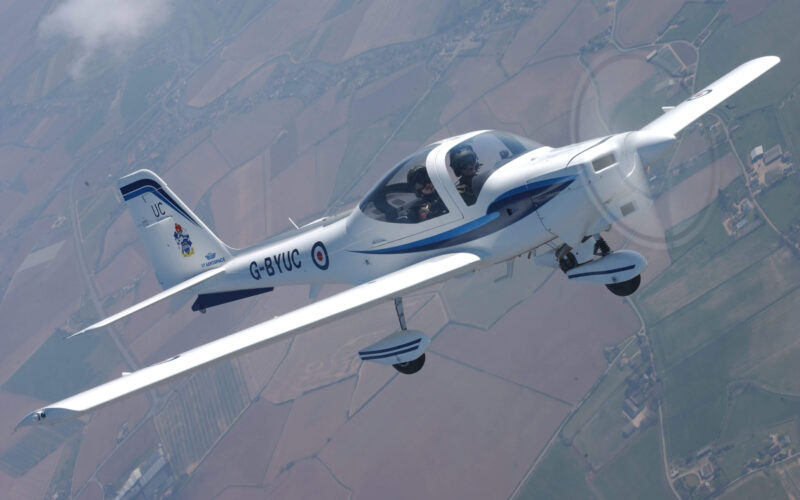The British Defence and Security Accelerator (DASA) launched a Market Exploration called Zero Emissions Air System to consider net-zero options for the next generation of light flying training aircraft of the Royal Air Force (RAF).
With the RAF having set targets for achieving net-zero carbon emissions by 2040, the next-generation light training aircraft must be powered by a carbon-neutral solution such as electric or hydrogen. To fulfill its mission, it must also have an endurance of around 90 minutes with a turnaround time of not more than 20 minutes including refueling or recharging.
As for its flight capacity, the aircraft must be able to provide unusual attitude and spin recovery training at airspeeds of 50-130kts to a ceiling of 10,000 feet at maximum mass. Its flight envelope must afford “safe handling and low stalling speed” as well as higher speeds for “low-level navigation and entry into aerobatic maneuvers.” The aircraft must be able to fly under Instrument Meteorological Conditions, and under Air Traffic Control in closely managed airspace.
The RAF currently uses the German-made Grob Prefect T1, and a small remnant number of Grob Tutor T1, two turboprop fossil-fueled light training aircraft that cover pre-service entry flying training, grading, and assessment.
In February 2021, the RAF awarded a contract for the British company Aeralis to develop a two-seater “modular” aircraft that could be used for training and attack missions.

